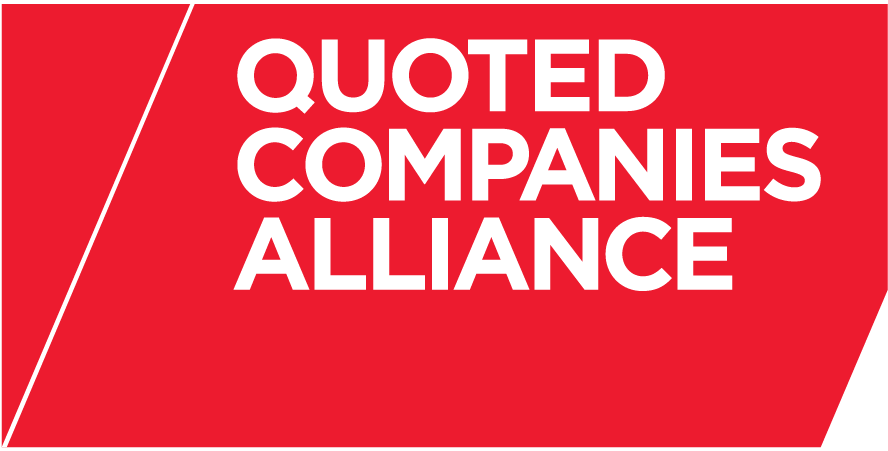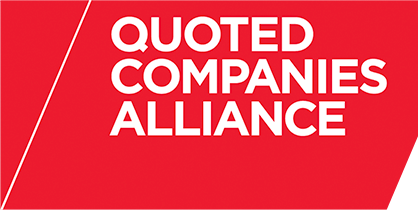We are starting to look ahead with clients to the proposed tax and NIC increases which were announced in this year's Budget and in particular how to mitigate the impact of these on employees and their employing companies.
The key changes are:
-
From next tax year (ie 6 April 2010), a rise to 50% in the income tax rate for those with income of more than £150,000 (and a disappearance of the personal tax-free allowance for those with income of £100,000 or more)
-
From 6 April 2011, an increase in the NIC rate for higher earners to 1.5% with an increase in the NIC rate for all employer contributions to 13.3%
- From 6 April 2011, pension contributions by those with income of more than £150,000 will only receive basic tax relief (although those with income of up to £180,000 will still receive some higher rate relief benefit).
Payments by employers or increases in benefits under final salary schemes for those with income of more than £150,000 may give rise to up-front tax charges, even if benefits are not ultimately taken.
Anti-avoidance measures have also been introduced which have already taken effect. These stop larger contributions than normal made by affected taxpayers before 2011 from receiving higher rate relief.
At the same time, no change is proposed to the rate of capital gains tax (18%). Nor is it proposed to restrict the availability of the annual allowance, currently £10,100, or the ability to transfer capital gains tax-free to spouses/civil partners.
This article sets out three areas which most companies should consider.
1. Capital gains
At 18%, capital returns are therefore subject to a very favourable rate of tax compared to income.
Other benefits from achieving capital returns will be no NICs, payment through the tax return rather than PAYE, an annual exemption, currently £10,100 (which is not restricted for higher rate taxpayers), and in some cases corporation tax relief for the gains made by employees will still be preserved. Achieving a capital rather than an income gain is therefore a highly desirable goal.
Common ways of achieving this are to use Revenue-approved share schemes such as the EMI, SAYE, SIP and CSOP share plans, where corporation tax relief should also be available for the employing company. However, not all companies can use these and each plan has relatively low limits.
An interesting development for the CSOP is that some quoted companies are now using CSOPs (which are discretionary schemes under which employees are given the right to acquire up to £30,000 of shares using market value options) to deliver the first tranche of value under long-term incentive plans (LTIPs). For example, an employee would be given a right to receive the value of 100,000 shares in 3 years time under an LTIP. However, he could also be given a maximum CSOP grant to use to help him to realise this award tax effectively.
Assuming all LTIP targets were met and the value of 100,000 shares the employee is entitled to receive were £50,000, then if the CSOP gain (free of income tax and NICs) were say £20,000, the employee would be required to exercise his CSOP option to the fullest extent and would only receive a balancing payment of £30,000 in the form of shares from an employee trust.
The tax efficiency would be that instead of £50,000 fully being subject to income tax and NICs as would be the case if there were no CSOP involved, only £30,000 is fully subject to income tax and NICs with £20,000 being subject to more favourable capital gains treatment.
Another scheme which gives option-like returns but capital gains treatment is the joint share ownership plan.
Partly-paid shares (where the subsequent growth in the value of the share is subject to capital gains treatment, but the employee does not pay for the share until he is just about to sell the share) may also be attractive. However, in the case of both the joint share ownership and partly-paid shares the company will not receive tax relief for gains made by employees. Further schemes are also seen.
While there are fairly complicated measures proposed to prevent income being shifted between spouses/civil partners, nothing is so far proposed to prevent capital gains being shifted between spouses/civil partners to ensure maximum tax efficiency. Moreover, there is generally more flexibility to roll-over capital gains rather than suffer tax immediately, so that the gains can be realised in later tax years (possibly tax-free).
The downside of many of these schemes is that, while they give optimal treatment for the employee, capital gains treatment for the employee will not, unless one of the Revenue approved schemes is used, mean that there is tax relief for the employer. The loss of this benefit (which is normally available if the employee paid income tax) can be difficult for companies to balance against a scheme wholly for the employee's benefit, but if the company is loss-making, wants to avoid employer's NICs, has large accumulated losses already or is never going to get value from any corporation tax relief, then the company's tax relief for employee gains may be easy to sacrifice.
Of course, one of the concerns here is that the Government may change the law to prevent capital gains tax treatment applying to these arrangements when they come to vest, or simply increase the tax rate from 18%.
2. Accelerating (or delaying) bonus or other payments
It may be sensible to accelerate bonus payments/share vesting so that these occur before the start of the relevant tax year when a higher tax or NIC charge would then arise.
For quoted companies, this may require consideration of whether shareholder approval is needed, but the saving of 10% tax or NICs is likely to be a valuable benefit which may sway answers. Claw-back could be imposed so that benefits are not obtained early and the employee then leaves.
Going forward, large bonuses or share vestings may suddenly push employees into a higher rate bracket and lead to extra tax being payable either because of the 50% tax rate or the withdrawal of the personal allowance, or even (see below) tax being payable on pension contributions or lower than anticipated tax relief on pension contributions. Employees may going forward want flexibility on the timing of vestings or part vestings so that they can fall into tax years which best suit their personal position. Year end tax planning of a new kind is therefore likely to arise. Companies will need to think in good time about whether they want to offer this facility to employees with the extra administration that it will involve, all inevitably coming at the end of the tax year, when some March year end companies could even be in a close period restricting share dealings for directors and senior employees.
So far, there is no anti-forestalling legislation planned to impose additional tax charges for those who bring forward or delay employment income, but whether this emerges may only be a matter of time.
3. Pension payment – using a sub-fund within an employee trust instead?
The proposed pension changes are likely significantly to affect the operation of pension arrangements for higher earners with over £150,000 in income. This is because contributions or increases in pension benefits could (a) lead to higher rate tax relief not being available or clawed back or (b) (where a contribution is made by an employer) even to tax being payable because employer contributions and/or increases in benefits can no longer be made tax free for these employees. Employers are unlikely to gross up these payments or benefit accruals for tax.
Since 2006, employers and employees have grown used to new lifetime and annual limits for Revenue approved plans but those were not unduly restrictive for most employees and employers. However, because the new changes affect all employees with more than £150,000 total income per year (NB not just those with £150,000 employment income), and the anti-forestalling changes apply to suddenly increased payments or benefits this year in advance of the actual changes in 2011, the proposed changes are likely to be more wide-ranging than in 2006.
Thoughts are inevitably going to turn to unregistered pension schemes which do not have the tax benefits of registered (ie Revenue approved) schemes, but importantly do not have any financial limits on them either. However, pension and lump sum provision from those arrangements will be subject to income tax when they pay out, although they should be free of NICs.
What some companies may therefore prefer are arrangements where money is placed into an employee trust and the money is notionally allocated to an employee and his family in a sub-trust. This is not a watertight reservation for the employee, but in most cases employees will be satisfied that the money is not going to be used for anyone other than their family. In due course, benefits (including loans) can be advanced tax-free and the value of the sub-trust will not, unlike with employee pension arrangements, form part of the estate for inheritance tax purposes. These therefore can be very tax-efficient vehicles for future wealth accretion, even though they are not formally pension vehicles.
Industry practice is still to emerge here with the actuarial and consulting firms just starting to draw up comparisons between all the various arrangements.
However, companies would be well-advised to look into these alternative arrangements as higher-paid employees, who have been used to receiving tax-free contributions into their pension schemes or earning pension accrual on a tax-free basis until payment of a pension, may receive a rude shock when they are suddenly visited with tax to pay on this benefit-in-kind.
This aritcle originally appeared in Law-Now, CMS Cameron McKenna's Free Online Information Service. To register for Law-Now, simply visit www.law-now.com and select the 'Register' link in the main navigation.

